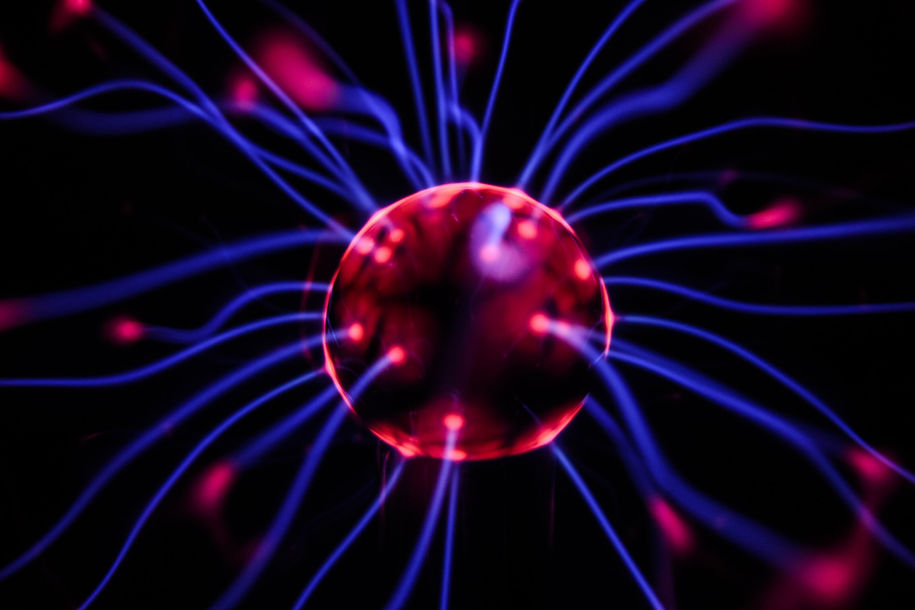
Our Goal
Seizures and development of epilepsy are common after Traumatic Brain Injury. Other major neurological disorders under study are novel non-addictive analgesics for Chronic Pain, pharmacological approaches to treat Addiction to Psychostimulants, or to prevent relapse, and prevention of Epileptogenesis. Currently, only 50% of all epilepsies are treatable with current anti-epileptic drugs, with brain surgery to remove the affected areas of the brain, with associated deficits, the only other option.
We seek to provide alternatives that maintain the quality of life of the patient.
Our Pipeline
We use pharmacological approaches to PREVENT brain damage and dysfunction after Traumatic Brain Injury, such as that experienced by members of the armed service from blasts or shock waves, and by civilians in society, from blunt injuries caused by motor vehicle accidents, falls and workplace injuries. Our pharmacological approach can also be used to PREVENT brain damage and dysfunction after Strokes.

More on our Research
The research program of the Shapiro lab spans the physiology and modulation of voltage-gated K+ and Ca2+ channels in neurons and non-excitable cells. We have focused on voltage-gated “M-type” (KCNQ) K+ channels, voltage-gated Ca2+ channels, TRP-family cation channels, Ano1/2 Cl- channels and signaling pathways mediated by Gq/11-coupled receptors, using patch-clamp electrophysiology of native neurons and in the brain slice, and heterologous systems, biochemistry, confocal and TIRF microscopy, molecular

biology and live single-cell and whole-animal imaging. Our major publications have shown the lipid-messenger sensitivity of many types of these channels, the mechanisms and structural determinants of their receptor-mediated modulation by lipids, calmodulin, A-kinase anchoring proteins (AKAPs) and Src kinase, and the roles of M channels in airway smooth muscle, and in the excitability of sensory neurons.
We also seek to systematically explore the role of AKAP79/150 in orchestrating transcriptional and regulatory control of many of these channels in sympathetic and sensory neurons. We also use STORM super-resolution nanoscopy to probe the multi-protein complexes underlying modulation of ion channels. In addition, we are focusing on novel strategies to prevent acquired epilepsies, and the role of M-channel regulation, both acutely
and via transcriptional regulation in epileptogenesis, using brain-slice electrophysiology, single live-cell imaging and transgenic mouse models. More directly translationally, we also are exploring novel and provocative roles of M/KCNQ channels as a neuroprotective mechanism during cerebrovascular ischemic stroke, traumatic brain injury, and chronic pain, to prevent the development of epilepsy and pathological co-morbidities and to develop novel non-opiate approaches to treating chronic or neuropathic pain.

Finally, we are interested in the ion currents and signaling pathways regulating excitability of dopaminergic neurons in midbrain, so as to understand the pathophysiology of drug addiction, as well as ion channels critical to lymphomas.

